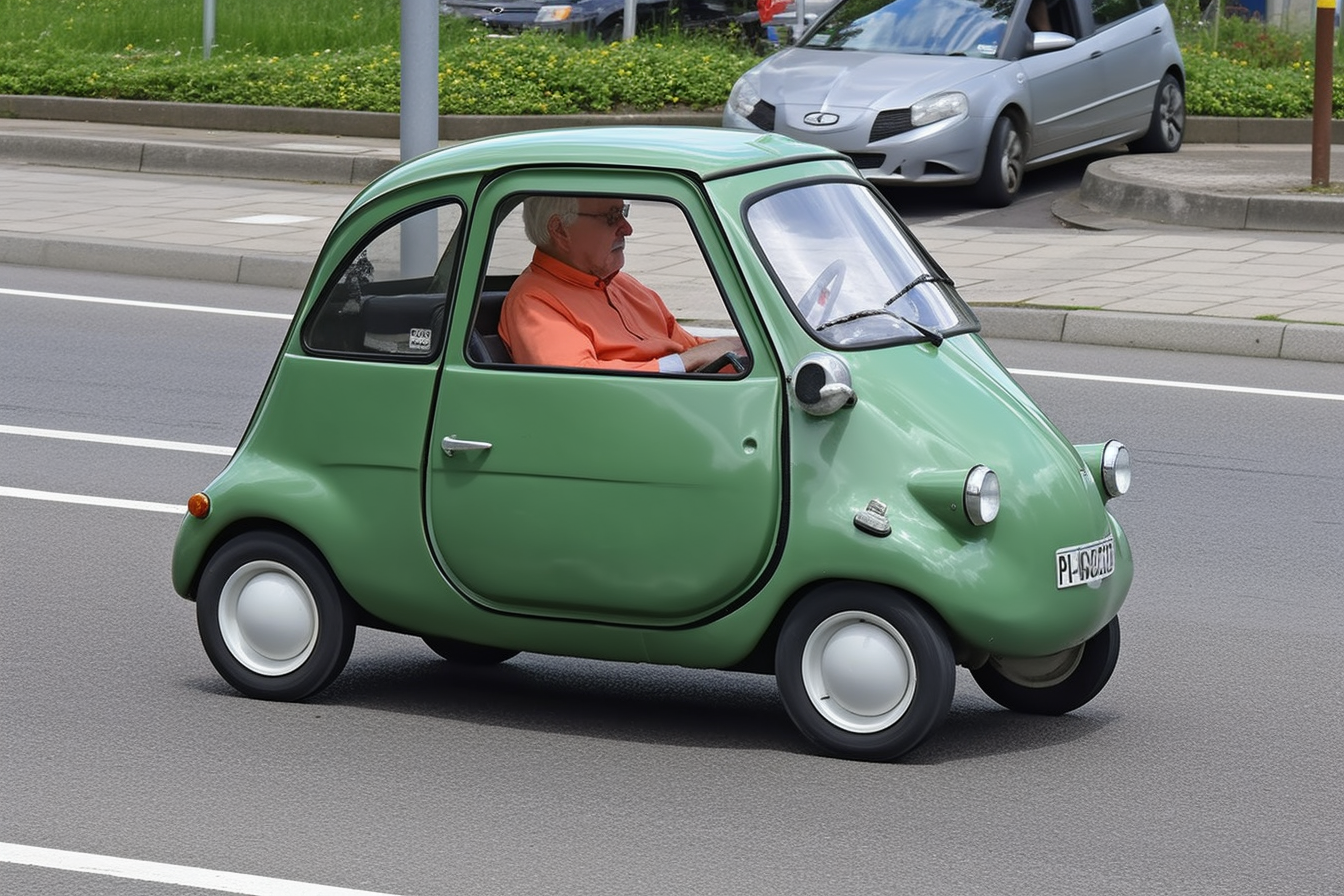The Intricacies and Impact of Automotive Cooling Systems
Introduction: Automotive cooling systems may not be the first thing that comes to mind when thinking about the crucial components of a vehicle. However, their role in maintaining engine efficiency and longevity is indispensable. This article delves into the mechanical world of automotive cooling systems, tracing their evolution, examining current trends, and exploring their impact on vehicle performance and sustainability.

The Genesis of Automotive Cooling Systems
The earliest automobiles were air-cooled, relying on the breeze generated during motion to dissipate heat. The first liquid-cooled systems came into being in the early 20th century, using water as a coolant. These systems required frequent water replacement due to evaporation, leading to the development of closed-loop cooling systems in the 1920s, which recirculated coolant to prevent loss. The introduction of antifreeze in the 1930s further improved efficiency by allowing cars to operate in colder climates without the coolant freezing.
Modern Cooling Systems: A Blend of Efficiency and Sustainability
Modern cooling systems are a testament to years of engineering innovation. Today’s systems incorporate components like thermostats, water pumps, radiators, and coolant reservoirs to efficiently manage engine heat. The advent of computer-controlled systems has added another layer of sophistication, adjusting cooling based on real-time engine conditions. Simultaneously, the industry has seen a shift towards more sustainable coolants, with manufacturers increasingly opting for environmentally friendly alternatives.
The Impact of Efficient Cooling: Performance and Beyond
Efficient cooling systems directly influence a vehicle’s performance. By maintaining optimal engine temperatures, they prevent overheating, enhance fuel efficiency, and extend engine life. Moreover, with the rise of hybrid and fuel-cell vehicles, cooling systems have taken on new roles, such as managing battery temperature and ensuring efficient operation of fuel cells. The future of automotive cooling is thus closely linked with the broader trends in automotive technology.
Challenges and Future Trends in Automotive Cooling
Despite significant advancements, automotive cooling isn’t without challenges. There’s a continuous quest to find more efficient and sustainable coolants. Additionally, with vehicles becoming increasingly compact, designing efficient cooling systems that fit within the restricted space is a growing concern. The future of automotive cooling might lie in innovative solutions such as 3D printed parts, smart materials that react to heat, and advanced sensor technologies for precise temperature control.
The Unsung Hero: Appreciating Automotive Cooling Systems
In conclusion, automotive cooling systems, often overlooked, play a pivotal role in driving the performance and sustainability of vehicles. As we continue to push the boundaries of automotive technology, the importance of these systems will only grow. The next time you’re behind the wheel, spare a thought for the intricate network of components working tirelessly to keep your engine cool and your vehicle running smoothly.
Each twist and turn in the journey of automotive cooling systems stands testament to our relentless pursuit of engineering excellence. This tale of innovation serves as a reminder that even in the most familiar of places, there’s always room for improvement, always an opportunity to go faster, farther, and greener.




